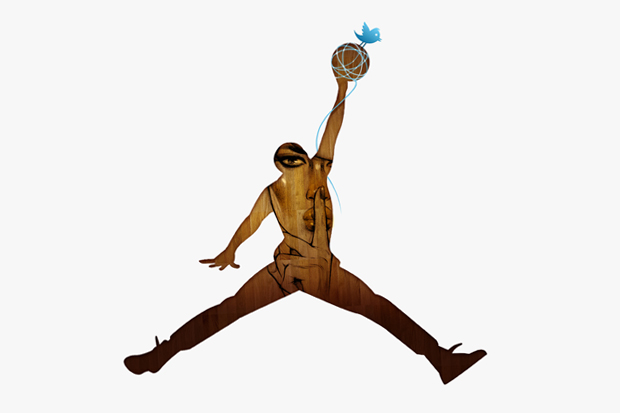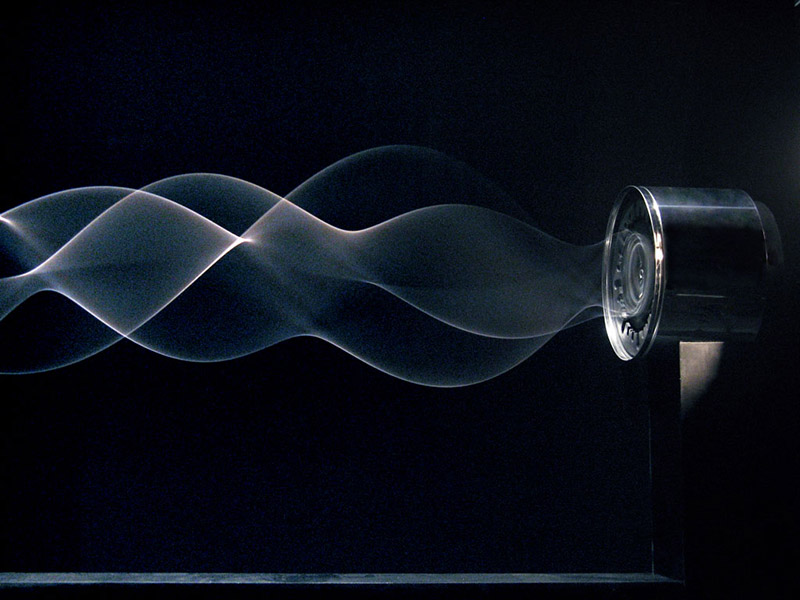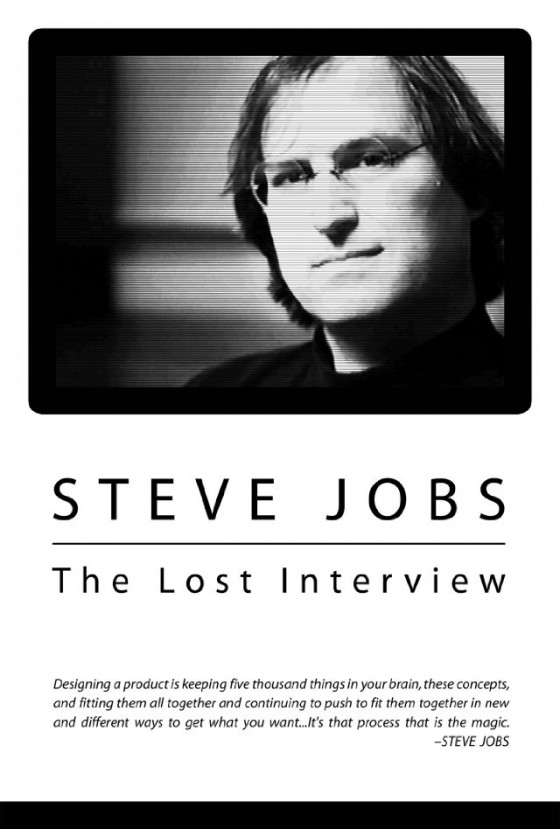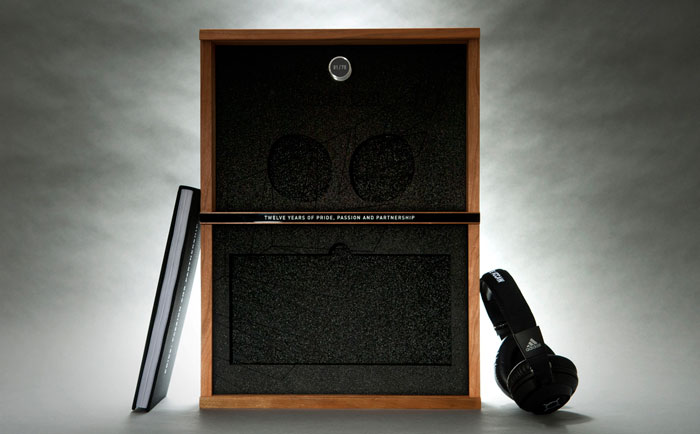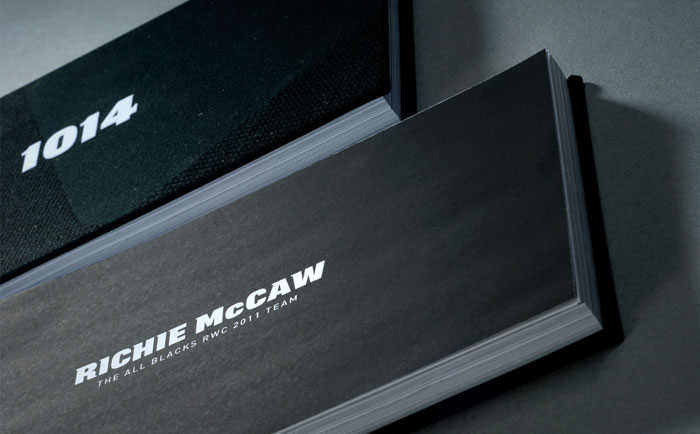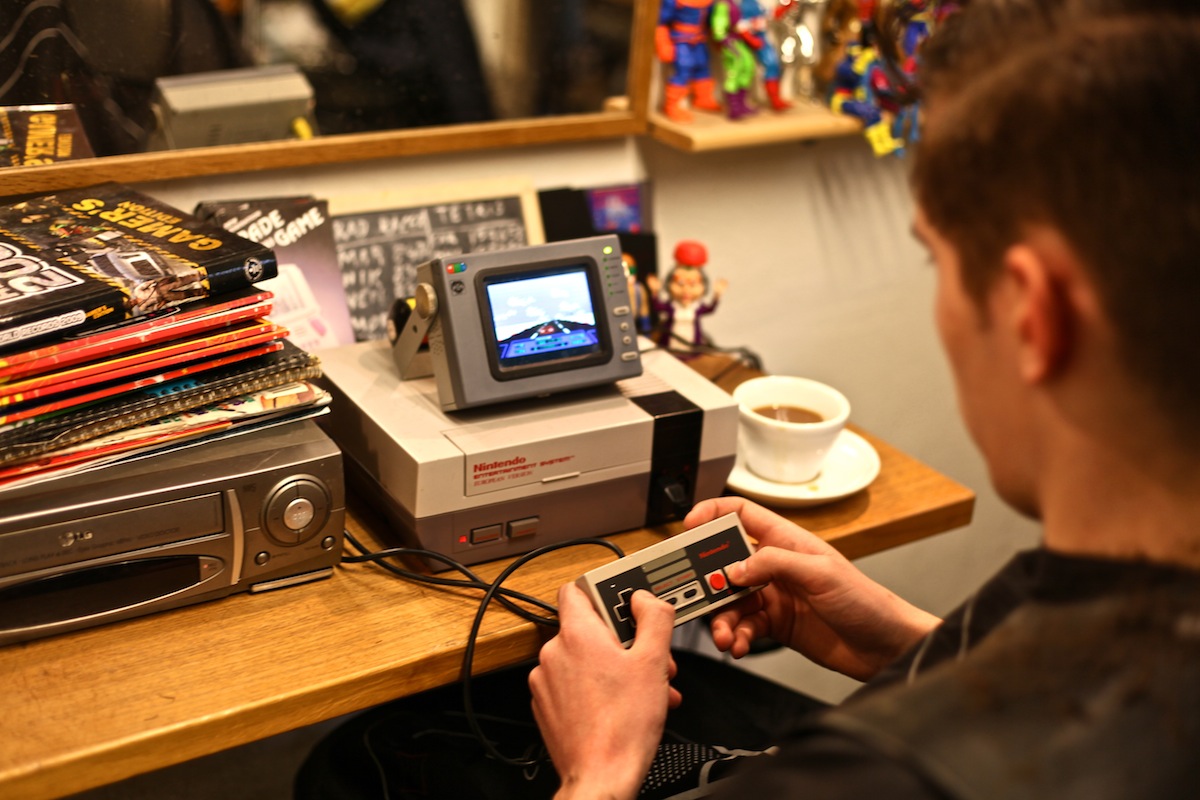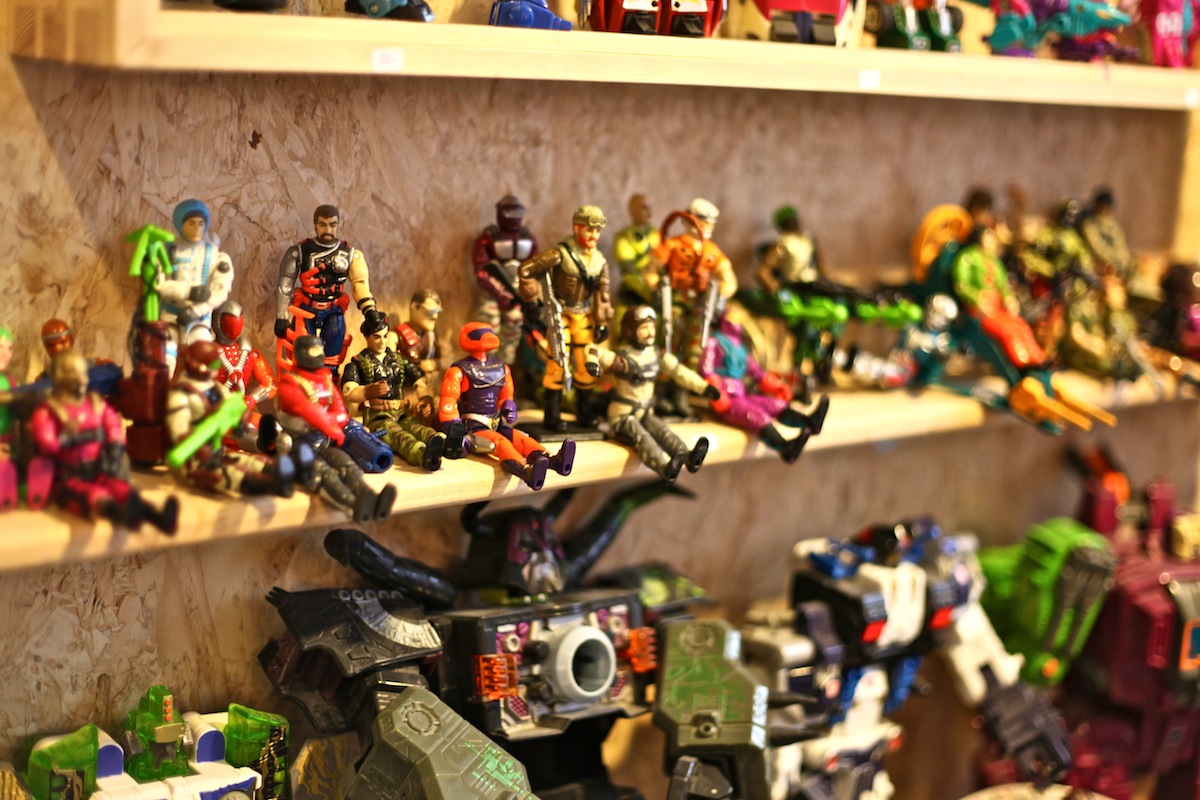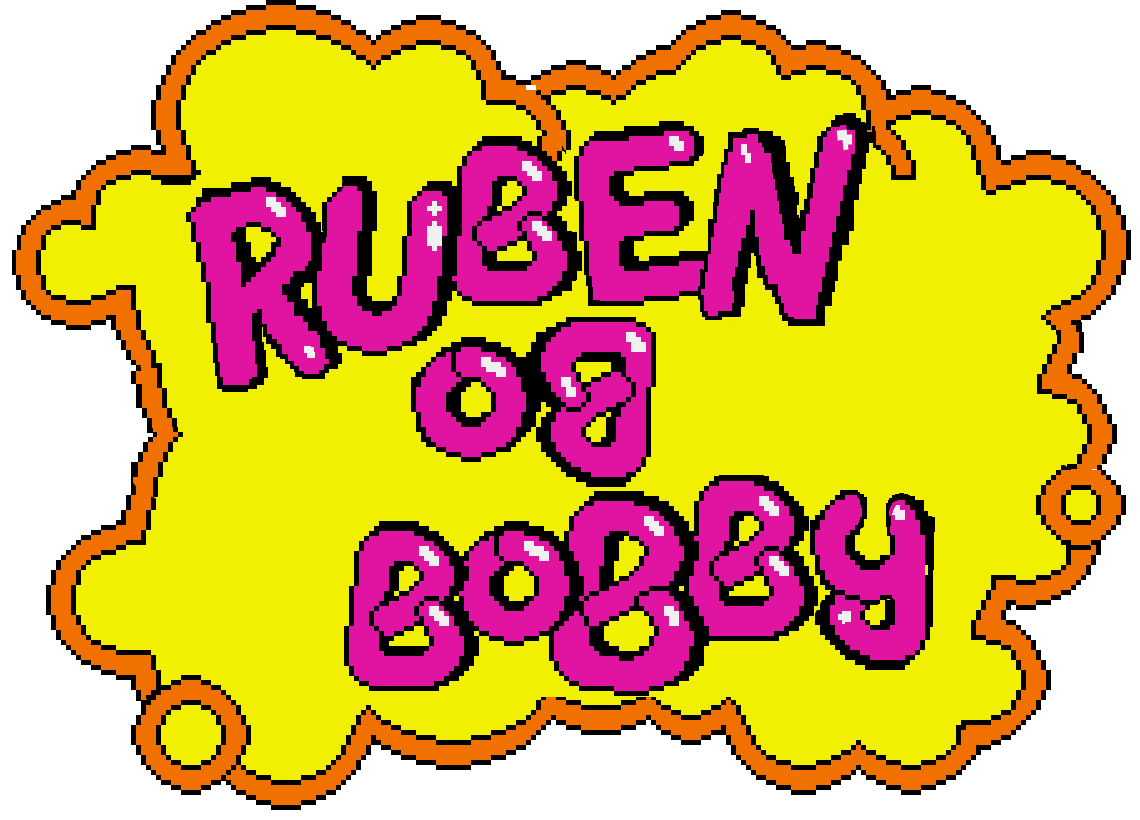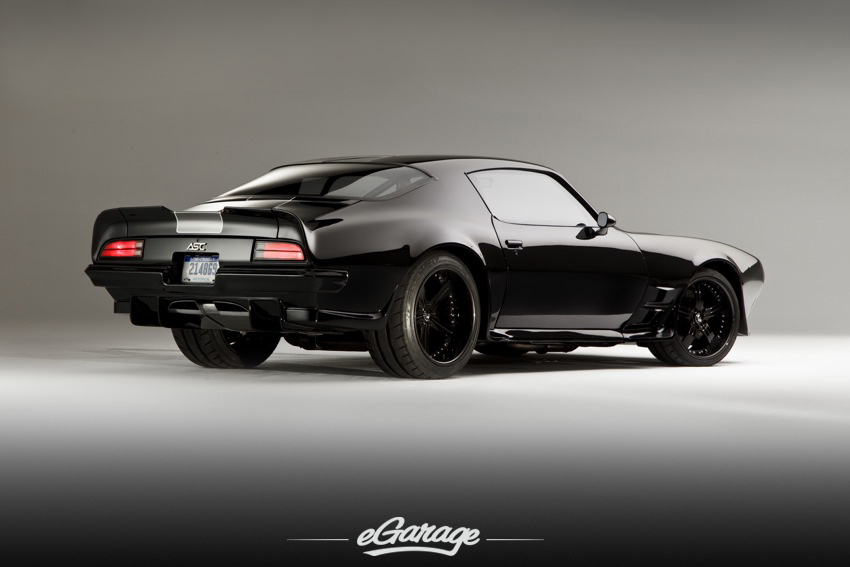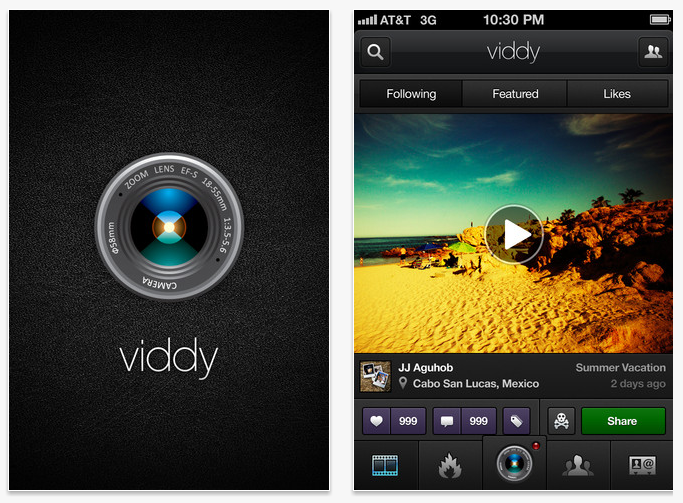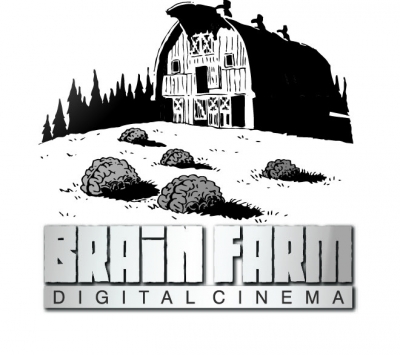Category Archives: TECHNOLOGY
The Danger of Social Media in Sports
HB Keeping Score Article –
It was 1993 when Charles Barkley penned the infamous text for his now iconic Nike commercial where he proclaimed, “I am not a role model. I’m not paid to be a role model. I’m paid to wreak havoc on the basketball court. Parents should be role models. Just because I dunk a basketball, doesn’t mean I should raise your kids.” Clear, succinct and thought provoking, the words still hold weight in today’s contemporary athletic landscape, but for completely different reasons.
Nearly twenty years ago athletes did as they pleased, only entering the public news scope if an off the court/field dustup was so monumental that the nightly news couldn’t afford not to cover it. Today, thanks to the advancement in social media with tools like Facebook and Twitter, athletes have signed up for a 24 hour a day news conference – forgoing filters in exchange for fuel that they add to a nightly stew full of politics, scandal and pop culture oochie wally. Athletes want the ability to make millions while still being able to crack off-kilter and slightly offensive jokes without seeing the number of zeroes in their paycheck affected. Unfortunately, that’s not how it works. Athletes may not be role models, but they’re certainly digital lightning rods.
Twitter is a medium built around choosing one’s word wisely – given only 140 characters to make a group of followers laugh, cry or wax poetic over a group of words that create a brain boogaloo. But as history has shown us, it’s done more damage to an athlete’s career than it’s ever helped them stay “connected” with their fans – surely an excuse when a manager or coach asks a player why they’re even dedicating a nanosecond to social media exploits. From Rashard Mendenhall’s unfortunate comments about Osama bin Laden which occurred almost exactly a year ago, to former Chiefs running back Larry Johnson who was cut from the team after making inflammatory statements about then coach Todd Haley – Twitter proves that statements made regarding off-color subjects as well as more “relevant” sports-related chatter are always going to lead to more controversy than resolution. Sports are played with emotion – social media shouldn’t be treated in the same way. Steelers safety Ryan Clark went so far as to say that “social media is ruining the world.”
Athletes of course are not the only ones who commit internet faux-pas like Rucker Park point guard’s commit turnovers – as the athletic community is made up of everyone from coaches, to the designers of Fortune 500 companies that supply sportsman with the attire necessary to perform at their greatest potential. This of course came to a head when Senior Nike Footwear Designer Jason Petrie – who is responsible for the creation of LeBron James’ signature sneaker – mocked Derrick Rose after his devastating knee injury that occurred during game 1 versus the Philadelphia 76ers, going so far as to suggest that the freakish accident occurred because Rose had signed his endorsement deal with adidas rather than Nike. People would be wise to realize that saying something controversial and immediately playing the whole thing off as a “joke gone wrong” doesn’t work when you’re representing either a billion dollar franchise or a billion dollar company. Stupid is as stupid does – with 115 characters to spare.
While people make the argument that athletes are just regular people with extraordinary physical gifts, it’s naïve for us as watchers and them as doers to think that they’re not already targets for scrutiny. Whether it’s individuals looking to cash in, or more nefarious folks who see social media as a way to leap frog traditional means of getting to know a person, a players outward willingness to share contains a sense of boyish naivety. A player may not be looking for trouble, but trouble will come looking for that player.
It begs the question: should league commissioners be ultimately monitoring individual Twitter feeds and Facebook fan pages in hopes of snuffing out trouble before it gets them in trouble? It seems strange that men like Roger Goodell and David Stern have no problem fining players for their online exploits, yet they’ve done little to curb the pervasive problem that leaves a digital black eye as dangerous as sport’s current concussion epidemic. If it’s their duty to maintain the integrity and image of the league – protecting it by limiting social media before, during and after games – the next logical step is to completely place fan interaction online in the hands of people whose job it is to protect the player first and foremost. It seems if there’s a middle man between player thought and fan consumption, the problems that occur will be eliminated while more “positive” details pertaining to the athlete’s career can be publicized. If athletes, coaches and owners have their constitutional right stymied when it comes to talking about officials and referees, the issue of freedom of speech has already been questioned and tossed right out of the window.
As much as we as fans want to connect with the athletes we admire on a more “personal” basis, the vast majority would rather see the same guys induce cheer inducing performances on field than cringe worthy moments on the internet. Perhaps that’s the purest in me, but I long for the days when I saw my favorite athletes feast on hapless defenders rather than perusing their Twitter feeds and finding out what they literally just ate for dinner. The air of mystery is leaving sports one status update at a time – making performance alone no longer enough to satiate the fanatic in all of us.
Waves by Daniel Palacios
A long piece of rope represents three dimensionally a series of waves floating in space, as well as producing sounds from the physical action of their movement: the rope which creates the volume also simultaneously creates the sound by cutting through the air, making up a single element.
Depending on how we may act in front of it, according to the number of observers and their movements, it will pass from a steady line without sound to chaotic shapes of irregular sounds (the more movement there is around the installation) through the different phases of sinusoidal waves and harmonic sounds.
But even though this could seem like a mere representation of what we can’t see for ourselves, beyond the persistence of vision, it connects with our most visceral side, combining the intangible beauty of the represented graphic with the brutality of the sound it produces, creating a hypnotic environment of audible results and unique visual stimulations.
More info at: danielpalacios.info
Where Things Come From
Hardy Seiler’s finished Bachelor project – a short animated trailer for a fictional education tv-series.
Introduction to Photoshop CS6
Steve Jobs The Lost Interview Trailer
In 1995, during the making of his TV series Triumph of the Nerds about the birth of the PC, Bob Cringely did a memorable hour-long interview with Steve Jobs.
It was 10 years since Jobs had left Apple following a bruising struggle with John Sculley, the CEO he had brought into the company. At the time of the interview Jobs was running NeXT, the niche computer company he had founded after leaving Apple.
During the interview, Jobs was at his charismatic best — witty, outspoken, visionary. In the end, only a part of the interview was used in the series and the rest was thought lost. But recently a VHS copy was found in the series director’s garage. Now, cleaned up with modern technology, and put into context by Cringely, the entire interview will be screened in Landmark Theatres.
In the interview Jobs talks about his pioneering days with Steve Wozniak, when they built a Blue Box and phoned the Pope; how they — “two guys who didn’t know much” — assembled the first Apple computer and went on to found the Apple company. “I was worth around a million dollars when I was 23, over 10 million dollars when I was 24 and over 100 million dollars when I was 25 — and it wasn’t really important!” Jobs recalls the visits he made to Xerox Palo Alto Research Center and how it inspired the making of the Macintosh, the world’s first modern PC, when he was “on a mission from God to save Apple.” He talks frankly and sadly about his enforced departure from Apple and explains what he is doing at NeXT (which he would soon sell to Apple and whose software would then be at the heart of the first iMac’s operating system). Finally in spell-binding terms, he offers his vision of a digital future — a world of wonderful products created by artists and poets.
It is an interview that reveals the burning passion of Steve Jobs, a passion that would go on to give us the iMac, the iPod, the iPhone and the iPad. As a tribute to an amazing man, Landmark is proud to be screening Steve Jobs — the Lost Interview.
Bang and Olufsen Beoplay A3
The B&O Play Beoplay A3, is a mix of being a speaker system, a case and a stand that effectively turns your iPad into a TV. The triangular system houses speakers mounted on two sides of the iPad and uses an orientation sensor to activate the proper speakers depending on whether you’ve got it resting in horizontal or vertical orientation.
Amazing Outer Space
The footage in this video is derived from image sequences from NASA’s Cassini and Voyager missions. I downloaden a large amount of raw images to create the video.
The song is The Cinematic Orchestra -That Home (Instrumental).
Source
New Zealand All Blacks Rugby Team Present
Adidas asked The Art Box Collection & Paperlux to develop a present for the players of the All Blacks Rugby team and 40 partners.
“Alex Sun and Richard Lange developed 70 personalized and individual boxes together with our Creative Director Max Kuehne. This unique cherrywod box is etched with motives developed by the moko-artist Rangi Kipa from New Zealand. The doors can be pushed open into 4 directions and generate 4 different mokos. Inside the box, personalized Sennheiser headphones and an individualised book are found – each covered with the original material of the famous black jersey. The rest of the book tells the story of a 12-year long partnership – building on Pride, Passion and Partnership.”
Behind the Scenes at Pagani: DRIVEN
Inside one of the newest super car companies in the world, Pagani. JF Musial explores why this small super car company located 15 minutes from Ferrari and Lamborghini is setting a new standard for how exotic vehicles should be designed and produced. Interviewed is company founder Horacio Pagani next two his latest creation, the Huayra.
Source
Evacuated Tube Transport could take you around the world in just 6 hours
Evacuated Tube Transport is an airless, frictionless, maglev-like form of transportation which is safer, cheaper and quieter than trains or airplanes. Six-person capsules travel in the tubes and can reach a maximum speed of 6,500 km/h, and provide 50 times more transportation per kwh. A tube can travel from New York to Beijing in two hours, and make a round-the-world trip in just six hours.
2013 Mercedes G-Class
The new G-Class sports subtle updates in design, but the most exciting changes arrive under the hood. The 2013 G will be powered by a range of engines, led by a top model featuring a 612-hp twin-turbo V12 engine that provides plenty of power and performance on the road and off. Whether you’re climbing a craggy cliff, towing the boat to the docks or passing slower traffic on the freeway, the latest G-Class is as functional as it gets. Compared to other SUVs, however, it is the form that sets this one apart. The retro-inspired styling, the refined and comfortable interior put some nice features around that powerful V12 heartbeat. It’ll arrive in the States in August, available for an expected price at just over $100k.
Retro Bobby: Toy Collecting Barber
Copenhagers: RETRO BOBBY from Copenhagers on Vimeo.
Watch the video below for more information regarding this delightful museum-shop and let Bobby explain to you how he combines the selling and collecting of retro-games with haircuts and the business of a hair salon, the process surrounding the realization of his passions and dreams.
Lamborghini Aventador J
The idea is essentially a two-seater sport-bike: they’ve used carbon fiber across the bumpers, air scoop and more. Under the hood is the same 700-hp 6.5-liter 12-cylinder found in the standard Lambo. You may need goggles for this beast!
Source
NEST Thermostat
The Nest thermostat learns your behavior, then adjusts the temperature of your home to save you money on your heating bill. Functional design that makes life a little easier.
Blackmagic Design: Blackmagic Cinema Camera
Blackmagic Cinema Camera features a high resolution sensor with wide dynamic range so it’s perfect for independent film, television commercials and episodic television production. DaVinci Resolve software for Mac™ and Windows™ is included so you can work at the highest quality and get the best results. Blackmagic Cinema Camera is both affordable and a complete solution because it includes a built-in recorder and monitoring, so it’s perfect for displacing video-only cameras for work such as sporting events, weddings, music videos and more!
Lamborghini Urus Super SUV Officially Unveiled in China
 The Lamborghini Urus SUV concept would be much lighter about 100kg than any other SUV’s like Cayenne or Q7 because of extensive usage of Carbon Fiber. The Urus Super SUV will feature a 584 Bhp V10 engine.Lamborghini Urus The Urus is approximately 16 feet long, but only about 5 and a half feet high and is expected to have a 600 horsepower engine. While the vehicle has not been officially confirmed for production, CEO Stephan Winkelmann stated that sales potential is estimated at 3,000 per year.
The Lamborghini Urus SUV concept would be much lighter about 100kg than any other SUV’s like Cayenne or Q7 because of extensive usage of Carbon Fiber. The Urus Super SUV will feature a 584 Bhp V10 engine.Lamborghini Urus The Urus is approximately 16 feet long, but only about 5 and a half feet high and is expected to have a 600 horsepower engine. While the vehicle has not been officially confirmed for production, CEO Stephan Winkelmann stated that sales potential is estimated at 3,000 per year.
1970 Pontiac Firebird
“When I set out to build my dream car the vision was to tastefully integrate modern styling and technology into the classic 1970 Pontiac Formula Firebird body. Built as a high-performance daily driver, this Firebird needed to include many luxuries and appointments found in late model sports cars such as a tuned suspension, fuel injected adjustable twin-turbos, climate control, power windows with a state-of-the art stereo and multimedia electronics.”
With Help From Facebook Timeline, Viddy Becomes Top Free iPhone App
Tech Crunch Article –
With the skyrocketing popularity and billion-dollar sale of Instagram, there’s an ongoing race to apply Instagram’s wildly successful photo sharing model to mobile video. There are a number of startups vying to claim the “Instagram for Video” title, with Socialcam, Viddy, Klip, Mobli, and even the infamous Color all in the running. Yet, today brings evidence that Viddy may now be the one to beat, as the social video sharing app became the top free iPhone app on the App Store — with much of that growth emanating from its new Facebook Timeline app.
Viddy, which celebrated its first birthday on April 11th, enables users to shoot, customize, and share 15-second video clips directly from their mobile devices. Its video creation platform allows users to choose from custom video overlays and audio effects from their favorite musicians, movies, and celebrities, and share their short video clips across across social platforms like Facebook, Twitter, and YouTubes.
The startup closed a $6 million Series A round back in February from investors like Battery Ventures, Greycroft Ventures, Qualcomm, and Bessemer Ventures, bringing its total funding to $8.2 million. Viddy saw over 40 million app views in January, thanks to the effort the startup has put into recruiting celebrities and influencers custom premium Video FX layers, giving artists, movie studios, etc. a way to promote their brand through mobile video.
Today, Viddy’s community is 8 million-strong, according to Viddy Co-Founder and CEO Brett OBrien, but the app has seen an even more significant bump in growth since launching its Facebook Timeline app in February. For some quick background, back in January, Facebook announced a new product called Actions, which saw it partnering with over 60 startups to give them the ability to add their “stories” through apps created specifically for Facebook Timeline. Actions basically create a new way for your favorite apps to present their structured data, with Facebook turning their content streams into visually engaging experiences.
The new Timeline features have been a boon for video apps, as Colleen reported earlier this month, and Viddy is no exception. Since launching its Timeline app in February, Viddy has seen over 15 million interactions with its content on Facebook, with over 1.7 million users signing on. Viddy also says that it’s averaging 300K new registered users per day, an average that has seen a significant bump since February.
Source
NEW Brain Farm Digital Cinema 2012 Reel
This is such a sick showreel. All my favorite sports!!!
Please enjoy the latest Brain Farm Reel directed by Curt Morgan.
The song written by Curt Morgan for a secret side project. Details to follow.
BRAIN FARM is a turn-key boutique production house specializing in aerial cinematography and all facets of capturing and producing the highest end HD digital cinema for film, TV, web and commercial outlets. Visit http://www.brainfarmcinema.com for more info!
Source


